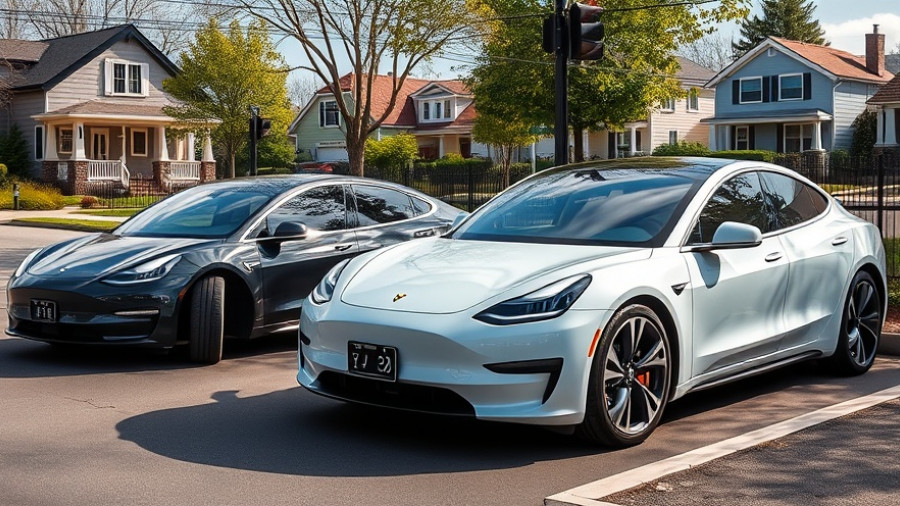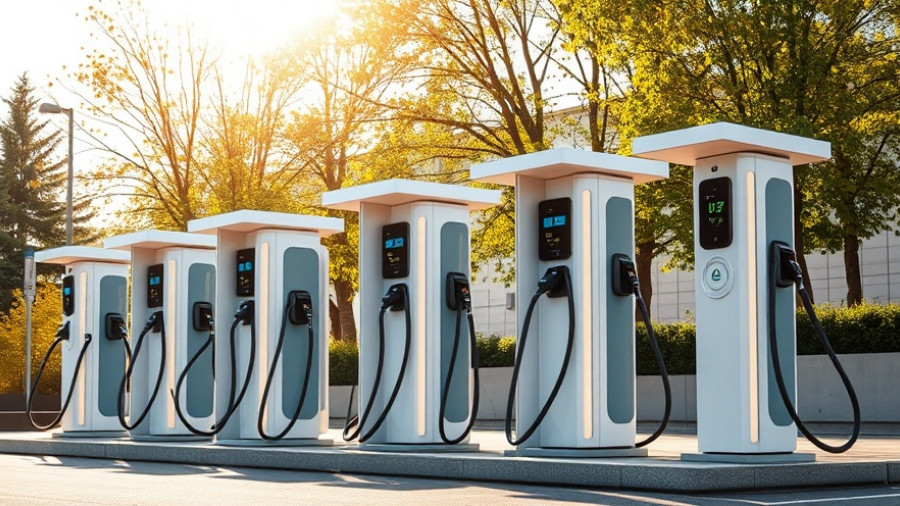
Sono Motors: A New Beginning Amidst an Ending
The Munich-based solar car startup Sono Motors recently rebranded as SonoSolar following its insolvency, aiming to forge ahead with the development of innovative solar technology for electric mobility. However, as the company shifts its focus, the remnants of its original Sion vehicle program have become available for auction, marking both an end and a fresh start in its journey.
Insights on the Auction: What’s Up for Grabs?
The auction, organized by the insolvency administrator, includes 267 items from Sono Motors, designed to find homes among collectors, educators, and researchers passionate about sustainability and technology. Bidding runs until September 9, 2025, and the items range from small components with starting bids as low as €10 to fully developed vehicle prototypes with opening bids of €600. These prototypes, despite being in varying conditions—from production-ready designs to heavily camouflaged models—capture the essence of Sono's attempt to innovate within the automotive sector.
The Value of Solar Integration in Transportation
Sono Motors gained recognition for embedding solar cells within the bodywork of the Sion electric vehicle, leveraging patented methods to merge functionality with eco-conscious design. This approach reflects a trend in the automotive industry toward integrating renewable energy technologies into vehicles, thus enhancing sustainability and reducing dependence on traditional fuel sources. As green energy becomes more integral to transportation, the models and parts available in this auction stand as a testament to innovative efforts in achieving eco-friendly mobility.
What Does the Future Hold for SonoSolar?
Transitioning from insolvency to a renewed focus on technology innovation, SonoSolar plans to cultivate its expertise in solar solutions for electric vehicle charging infrastructure. This pivot signals a growing recognition of the potential for solar technology within the broader green energy landscape, promising an exciting future filled with opportunities for collaboration with industry stakeholders dedicated to sustainable solutions.
The Community's Role in Continuing Innovation
As SonoSolar acknowledges its community's interest in the upcoming auction, it inherently stirs a collective appreciation for pioneering advancements in clean technology. The pieces for sale are not merely assets; they represent the spirit of innovation and exploration within the green energy sector. Whether for personal collection, academic research, or museum exhibitions, the auction invites a wide range of involvement from those eager to further inspire technological advancements in sustainable transportation.
Common Misconceptions: What You Should Know
There may be a misconception that prototypes, due to their unfinished state, lack potential value. However, these prototypes can be crucial for institutions and collectors, serving as bridges to understanding future technologies in mobility. Even beyond the auction, these remnants of Sono's original vision will contribute to ongoing dialogues and developments in sustainable transport initiatives.
Make Your Bid: A Call to Action
The call for bids on the Sono Motors assets provides a unique opportunity for enthusiasts, collectors, and innovators to engage with the rich history of solar-powered transportation. By participating in this auction, not only can you acquire innovative components, but you also contribute to a larger commitment to the future of green energy. Explore and bid on these pieces of history before the auction closes on September 9, and become a part of the solution in sustainable mobility!
 Add Row
Add Row  Add
Add 



Write A Comment